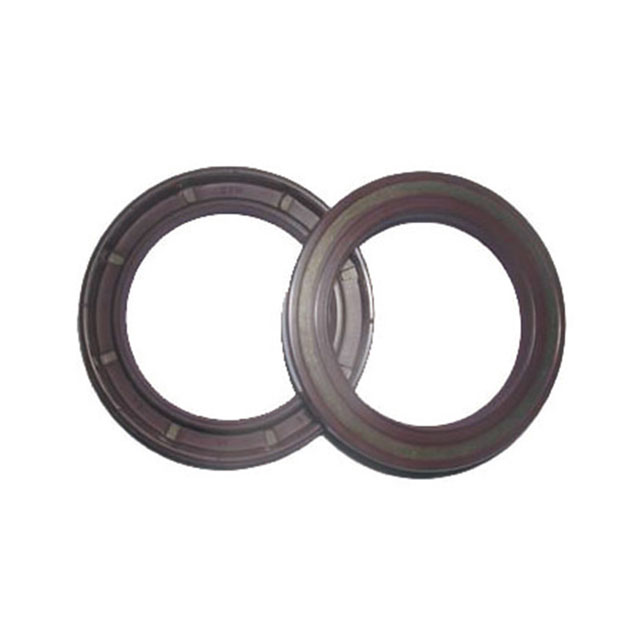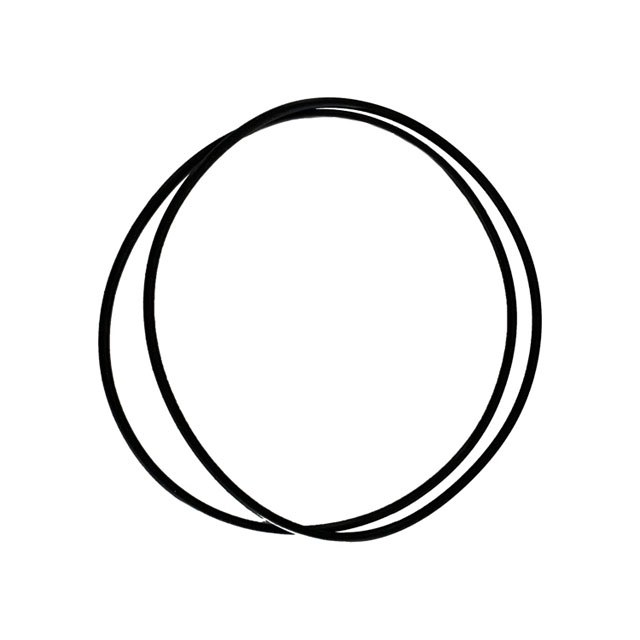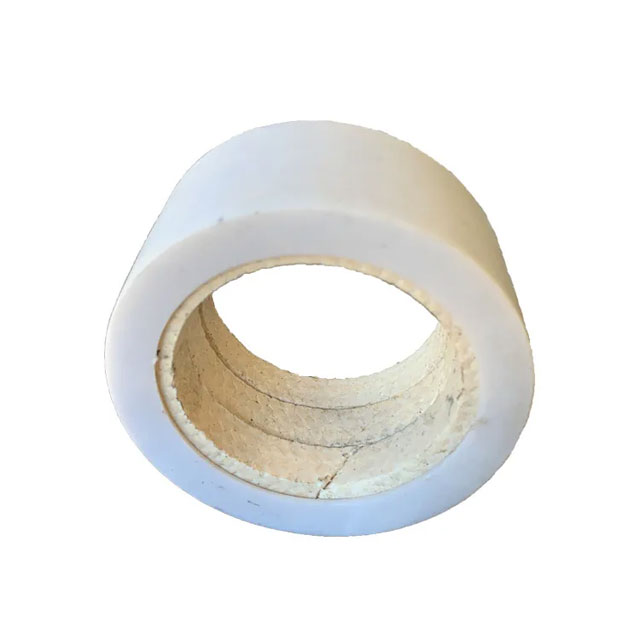WhatsApp: 86-13735815206 / 86-17392256505
WeChat: 86-13735815206 / 86-17392256505
Phone: 86-29-88680837
Mail: sales@hlsolidscontrol.com
Add: Room 804, Building 1, Western Cloud Valley Phase II, Fengxi New Town, Xixian New District, Shaanxi Province
WeChat: 86-13735815206 / 86-17392256505
Phone: 86-29-88680837
Mail: sales@hlsolidscontrol.com
Add: Room 804, Building 1, Western Cloud Valley Phase II, Fengxi New Town, Xixian New District, Shaanxi Province
The key role of spiral operation in centrifuge operation
Time: 2024-06-11 Source: Solids Control Equipment Author: Mrek
In the operation of the Decanter Centrifuge, especially in the operation of handling material separation, the operation of the spiral inside the centrifuge can be said to be the "soul" of the Decanter Centrifuge operation. Without the correct operation of the spiral, the centrifuge cannot achieve its basic functions.
The most basic function of the Decanter Centrifuge is to be able to continuously separate the materials input into the machine, which requires the machine to discharge the materials that have been separated inside it so that the machine can continue to process the new materials entering it. In addition, the industrial production method requires that this "separation-discharge-continue separation-continue discharge" process is automated and continuous. The pusher screw inside the centrifuge is used for continuous discharge. This discharge function is achieved through the relative rotation between the spiral and the centrifuge drum. This relative rotation is called the "differential speed" of the centrifuge.
Since the feed of the centrifuge is continuous, the centrifuge must implement the function of continuously processing materials, and the differential speed must also be continuous. In order to prevent the accumulation of materials inside the centrifuge and cause failure, the differential speed must always exist, and the differential speed is always the push mode. The so-called "pushing method" means that the "differential speed" generated between the spiral and the drum body pushes the separated solid slag toward the centrifuge discharge port. For the same spiral body, the differential speed can be designed as positive differential speed and negative differential speed according to the different rotation directions of the drum, but the pushing behavior of the two is the same.
The pushing spiral can "feel" the dryness of the solid slag during operation. This feeling is reflected by the load of the spiral operation, that is, the so-called "torque" of the spiral at that time. The sense of torque of the SIMP gearbox differential mode is indirectly reflected from the load of its drive motor, and the sense of torque of the hydraulic differential drive mode is indirectly reflected from the oil pressure of the hydraulic drive machine.
When the speed of the drum is fixed, if we reduce the differential speed of the spiral, we can get a relatively dry solid slag discharge. Due to the reduction of the differential speed, the amount of solid slag pushed out by the spiral for each differential rotation cycle is relatively large. At the same time, because the solid slag is relatively dry at low differential speed, the pushing torque of the spiral will become larger.
If we increase the spiral differential speed, the solid slag pushed out by the spiral will be relatively moist, and the pushing torque of the spiral will decrease at this time.
Therefore, when the solid slag is too dry or the pushing torque is too high, we can increase the differential speed to accelerate the slag discharge and reduce the pushing torque. When the solid slag is too wet, we can reduce the differential speed to increase the dryness of the solid slag.
During the operation of the centrifuge, we hope to obtain a relatively stable solid slag dryness by constantly adjusting the operating parameters. In the specific operation, we observe the load or torque of the differential drive motor, or the oil pressure of the hydraulic pipeline. If the load of the differential drive motor or the oil pressure of the hydraulic pipeline is stable, we can conclude that the dryness of the solid slag discharged by the centrifuge is very stable. Therefore, one of the important operating requirements of the centrifuge is to obtain a stable pushing torque or pushing hydraulic pressure.
The most basic function of the Decanter Centrifuge is to be able to continuously separate the materials input into the machine, which requires the machine to discharge the materials that have been separated inside it so that the machine can continue to process the new materials entering it. In addition, the industrial production method requires that this "separation-discharge-continue separation-continue discharge" process is automated and continuous. The pusher screw inside the centrifuge is used for continuous discharge. This discharge function is achieved through the relative rotation between the spiral and the centrifuge drum. This relative rotation is called the "differential speed" of the centrifuge.
Since the feed of the centrifuge is continuous, the centrifuge must implement the function of continuously processing materials, and the differential speed must also be continuous. In order to prevent the accumulation of materials inside the centrifuge and cause failure, the differential speed must always exist, and the differential speed is always the push mode. The so-called "pushing method" means that the "differential speed" generated between the spiral and the drum body pushes the separated solid slag toward the centrifuge discharge port. For the same spiral body, the differential speed can be designed as positive differential speed and negative differential speed according to the different rotation directions of the drum, but the pushing behavior of the two is the same.
The pushing spiral can "feel" the dryness of the solid slag during operation. This feeling is reflected by the load of the spiral operation, that is, the so-called "torque" of the spiral at that time. The sense of torque of the SIMP gearbox differential mode is indirectly reflected from the load of its drive motor, and the sense of torque of the hydraulic differential drive mode is indirectly reflected from the oil pressure of the hydraulic drive machine.
When the speed of the drum is fixed, if we reduce the differential speed of the spiral, we can get a relatively dry solid slag discharge. Due to the reduction of the differential speed, the amount of solid slag pushed out by the spiral for each differential rotation cycle is relatively large. At the same time, because the solid slag is relatively dry at low differential speed, the pushing torque of the spiral will become larger.
If we increase the spiral differential speed, the solid slag pushed out by the spiral will be relatively moist, and the pushing torque of the spiral will decrease at this time.
Therefore, when the solid slag is too dry or the pushing torque is too high, we can increase the differential speed to accelerate the slag discharge and reduce the pushing torque. When the solid slag is too wet, we can reduce the differential speed to increase the dryness of the solid slag.
During the operation of the centrifuge, we hope to obtain a relatively stable solid slag dryness by constantly adjusting the operating parameters. In the specific operation, we observe the load or torque of the differential drive motor, or the oil pressure of the hydraulic pipeline. If the load of the differential drive motor or the oil pressure of the hydraulic pipeline is stable, we can conclude that the dryness of the solid slag discharged by the centrifuge is very stable. Therefore, one of the important operating requirements of the centrifuge is to obtain a stable pushing torque or pushing hydraulic pressure.



